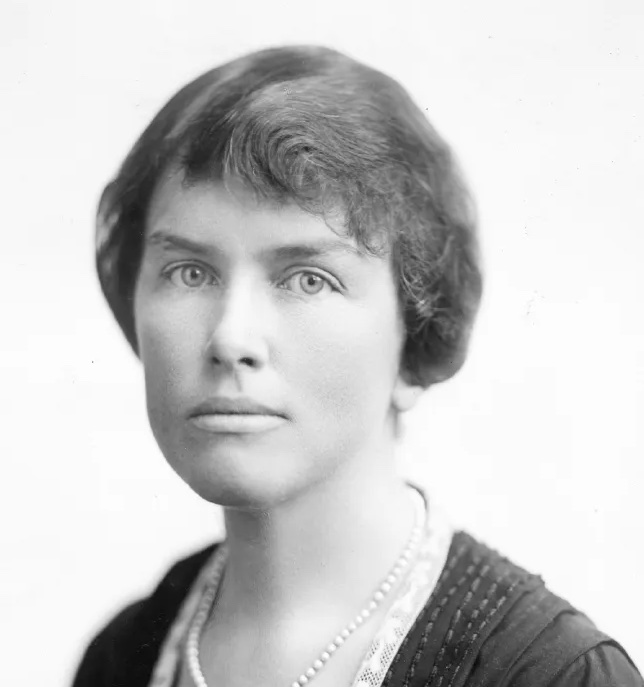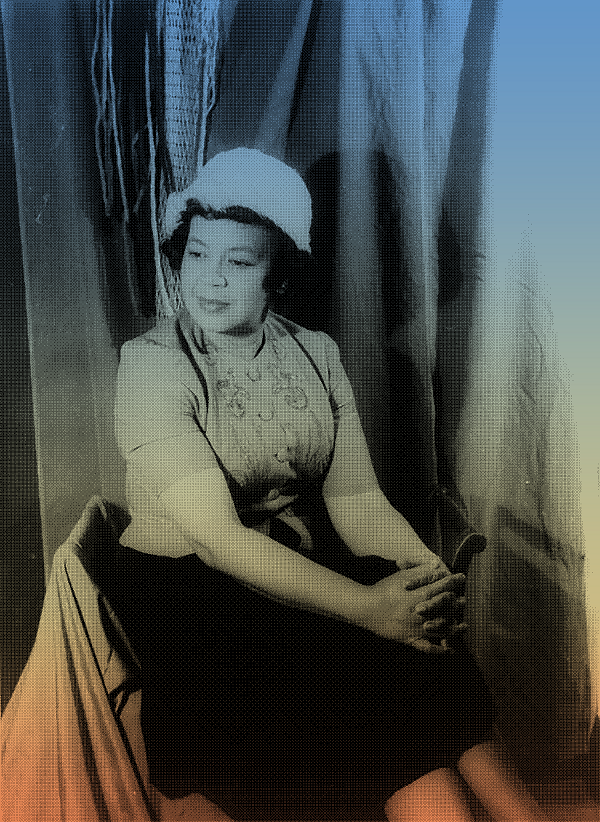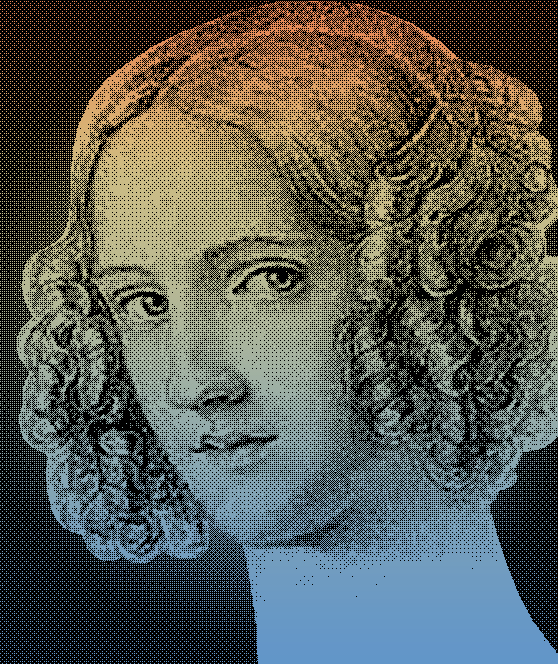Mary Howe was an American pianist and composer. In 1922, at the age of forty, married with three children, she completed an artist diploma in composition at Peabody Conservatory with Gustav Strube. Having studied piano in Germany at a young age, she returned to Europe to study composition with Nadia Boulanger in 1933. Although she had already amassed quite a large catalogue of works prior to her time in France, the bulk of her songs were written after she studied with Boulanger.
Howe wrote songs in English, German, and French and was sensitive to the stylistic nuance of each language she composed in. Her output is incredibly varied, not only when it comes to the languages set but also with regards to musical style. Her songs are atmospheric and harmonically adventurous within a tonal framework, and each song is carefully crafted to evoke the poem’s underlying meaning. She oversaw the publication of seven volumes of her songs by the Galaxy Music Corporation in 1959.
Despite the accessibility of her song catalogue, her songs have been seldom recorded. All four of the videos featured below are world-premiere recordings, and two more world premieres can be found on the Art Song Augmented YouTube page. Five of these six songs are settings of words by women poets.
Howe spent her life in the Washington, D.C. area and, along wither her husband, the attorney Walter Bruce, was instrumental in the founding of the National Symphony Orchestra; she was also on the board of the National Cultural Center (later renamed the Kennedy Center for the Performing Arts). The first woman to serve on the music faculty at NYU, Howe helped found the Chamber Music Society of Washington and, with Amy Beach, was a co-founder for the Society for American Women Composers.
—Written by Amalia (Maya) Osuga
For more on Maya’s research into Howe’s songs, and the process of creating world-premiere recordings of them, see this feature story on the website of the School of Music and Dance at the University of Oregon.
Additional Resources
- Cable, Jennifer. “Mary Carlisle Howe (1882–1964) and Adella Prentiss Hughes (1869–1950): Creating an Arts Culture in America, One Woman at a Time.” In The Routledge Handbook of Women’s Work in Music, ed. Rhiannon Mathias. Routledge, 2022.
- Indenbaum, Dorothy. “Mary Howe: Composer, Pianist, and Music Activist.” PhD dissertation, New York University, 1993.
- Indenbaum, Dorothy, and Carol J. Oja. “Howe, Mary.” Grove Music Online, ed. Deane Root.
- Sharpe, Estelle. “A Musician’s Viewpoint: Mary Howe, Independent Composer.” Washington Post, December 26, 1952.




